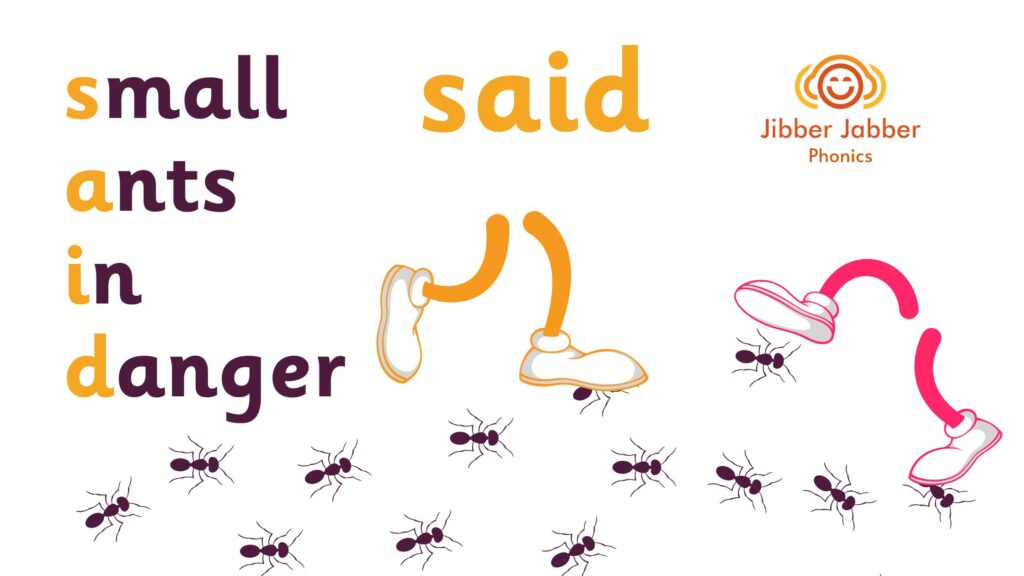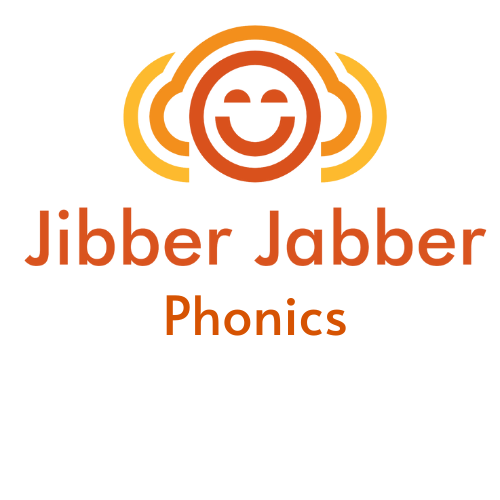Phonics is an essential part of learning to read and write, but for some students, it can be challenging to engage with.
That’s why using multi-sensory techniques to teach phonics is so effective. By engaging different senses, such as touch, sight, movement and sound, students with different learning styles can better understand and remember phonics concepts.

One multi-sensory technique that has been proven to be effective is using tactile letter shapes.
Tactile letter shapes are physical letters that students can touch and feel. They are designed to help students learn the shape of each letter and remember its sound. The shapes are usually made of different materials, such as wood, plastic, foam or magnetic, and can be used in a variety of ways.
Trace the letter.
One way to use tactile letter shapes is to have students trace the letters with their fingers while saying the sound of each letter. Put a dot on each letter shape to show where to start the letter formation this will guide them to form the letter using the correct direction. This helps students remember the sound of each letter and associate it with the shape and formation of the letter.

Word Building.
Another way to use tactile letter shapes is to have students build words with the letters. This helps students understand how letters come together to form words and how the sounds of each letter combine to create the sounds of the word.
Using tactile letter shapes is particularly helpful for students with different learning styles, such as kinesthetics learners.
Kinesthetics learners learn best through physical movement and touch, so using tactile letter shapes allows them to engage with phonics in a way that is meaningful to them.
Tricky Words.
Tactile letter shapes can also be used to teach tricky words, which are words that can’t be sounded out phonetically and are not decodable.
Tricky words are often the most challenging part of learning to read, but using tactile letter shapes can help make them more manageable. By breaking down the tricky word into individual letters, students can learn to recognise the word as a whole and remember where the ‘tricky bit’ is and how to spell it.
For all ages and abilities.
One of the great things about using tactile letter shapes is that they can be used with students of all ages and abilities.
They can be used in early years classrooms to teach basic letter sounds and in primary classrooms to help students with more complex phonics concepts such as alternative vowel sounds in a word and silent letters.
In addition to using tactile letter shapes, there are other multi-sensory techniques that can be used to teach phonics. For example, mnemonics.
Mnemonics.
Mnemonics are when each letter of a phrase is the next letter in the word.
These strengthen the memory and are a handy and fun technique to remember how tricky words are spelt. A popular one for spelling ‘said’ is ‘small ants in danger’.
I make them visual with tactile letters as well to support multi sensory learning. Remember to keep them short, simple and relevant to the word where possible.

Songs and rhymes.
Using songs and rhymes can help auditory learners remember the sounds of letters and words. Here are songs for the 42 letters of English.
By using a combination of these techniques, teachers can help all students engage with phonics and become confident readers and writers.
In conclusion, using multi-sensory techniques to teach phonics is an effective way to help students with different learning styles engage with phonics. Tactile letter shapes are a particularly useful tool for engaging kinesthetic learners and teaching tricky words.
By incorporating multi-sensory techniques into phonics lessons, teachers can create a more inclusive and engaging learning environment for all students.
If you liked this blog, please leave a comment below and let others know where to find this if it has helped you.
For more information about phonics, have a look through my other blogs too. I also have a YouTube channel that has some great tips and trick for the learning process.


0 Comments